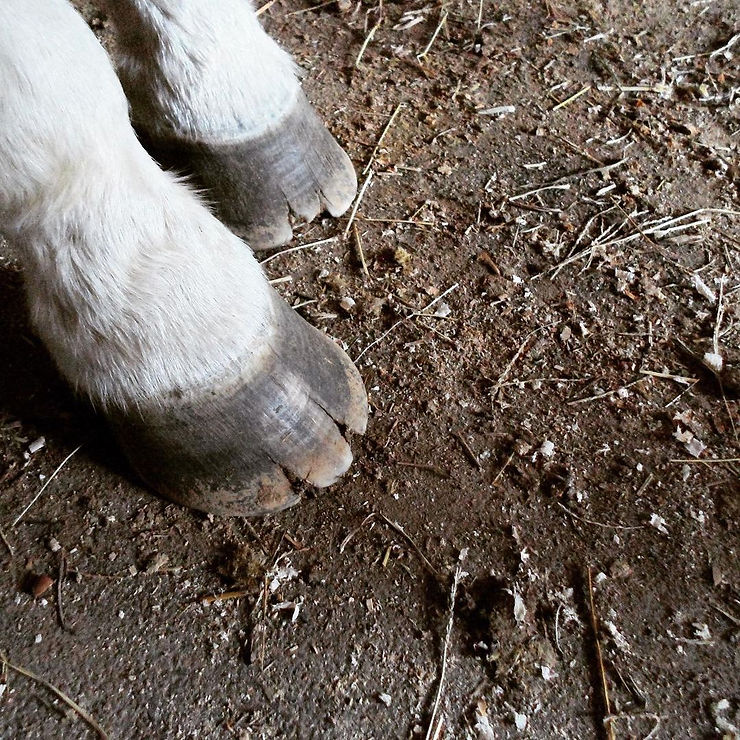Hoof Balance 101
- hannahdonahue43
- Mar 13, 2021
- 1 min read
Updated: Apr 3, 2021
Hoof balance refers to the many points at which we judge the hoof to be symmetrical. Essentially the hoof should not be leaning or reaching forward or laterally. We evaluate this by the dorsal/palmar relationship, medial/lateral relationship and symmetry of the solar surface.
Dorsal/Palmar relationship: This refers to the relationship of the outer hoof wall (Dorsal) to the heel angles (Palmar). These angles should be the same. If the angles do not match either the heels are underrun or crushed and/or the toe is long. These usually come hand in hand.
Medial/Lateral relationship:
This refers to the relationship of the inside half (medial) to the outside half (lateral). Picture looking straight at the hoof from the front. The coronet is at the top of the hoof and is where new hoof is produced. The coronet (or coronary band) should be straight. If the coronary band is askew the hoof is out of balance. One side of the hoof is carrying more of the horses weight than the other side.
Symmetry of the solar surface:
This refers to the relationship of the inside half (medial) to the outside half (lateral) but from the bottom of the hoof. Think of looking at the sole of the hoof and splitting the hoof right down the middle of the heel bulbs. The two halves of the foot should be mirror images. If they aren't, there is an imbalance in the foot. Typically the medial part of the hoof is more upright and the lateral half is more sloping. This can be a result of an injury, poor body condition or poor footcare.






Comments